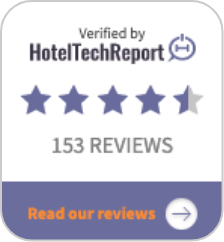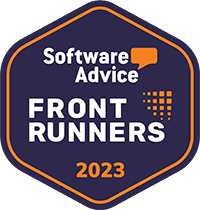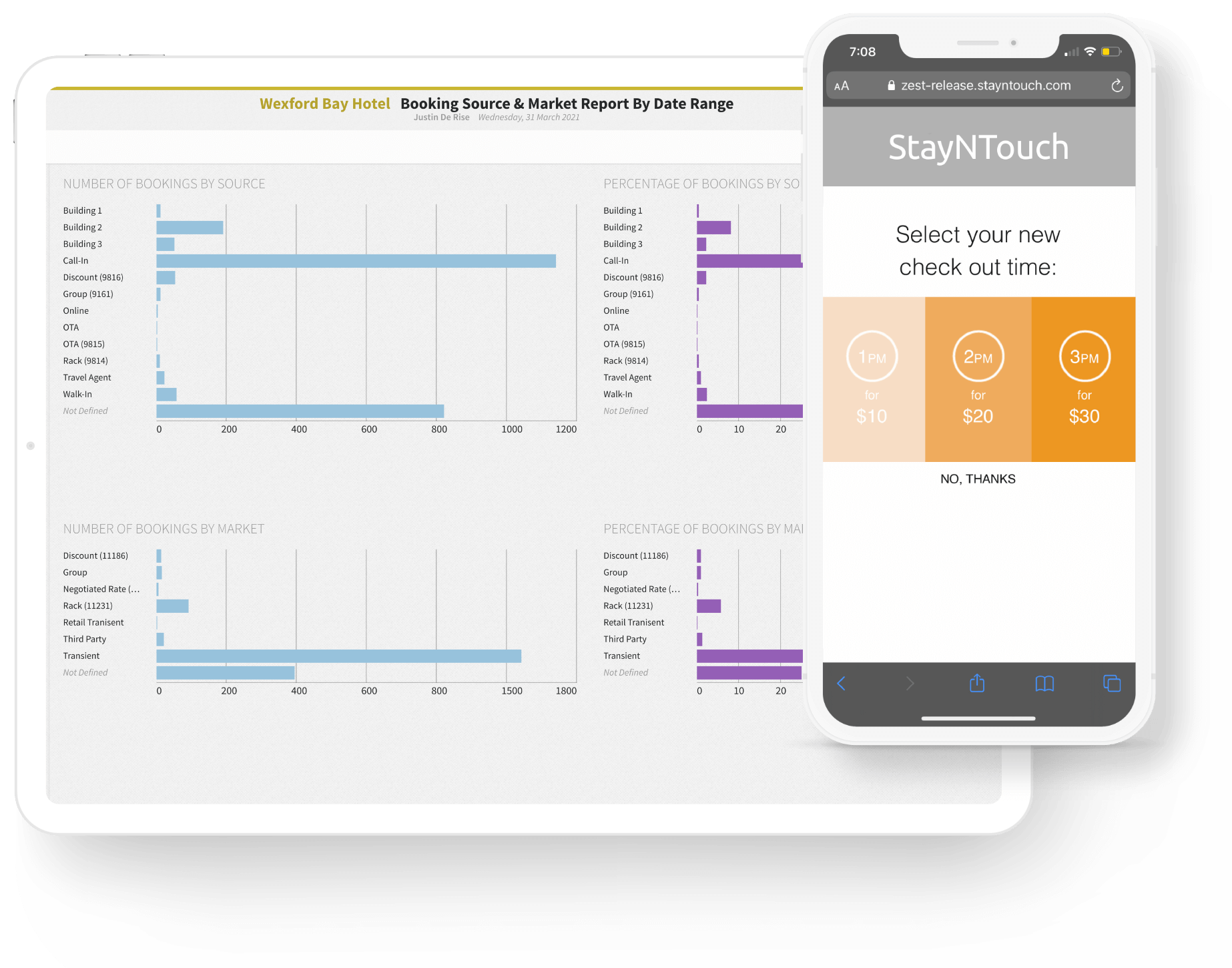Customer service has long been one of the most important aspects of running a business. While the basic goal of keeping customers satisfied has always been at the heart of customer service, the rise of technology in the last few decades has reshaped how it is delivered. Twenty years ago, the population would likely have a difficult time trying to understand the concept of 24/7/365 access to customer service . Mobile devices have expanded touch points, and consumers now expect near-instant response times; companies that do not offer such capabilities have a tough time competing.
Customer care plays a big role in retaining business and with higher customer service expectations businesses must constantly prove themselves as jumping to the competition has never been easier; a Forrester Customer Index showed that companies with a strong customer experience focus had a 43% bump in performance, while those that did not had a drop in performance by 33.9%.
When it comes to software support, SaaS has undoubtedly altered the rules of the game as traditional on-premises software vendors struggle to adapt to the changes in their competitive environment. Traditionally on-premise software requires clients to lock into multi-year contracts, where maintenance, customer support and upgrades are seen as additional services and cost; support is accomplished for the most part during a Monday-Friday, 9-5 type schedule with basic out-of-hours service provided; vendors traditionally designate a staff member to become a trained expert on their systems, expect the client to be responsible for addressing system fundamentals including in-house training, troubleshooting, and daily operations of the system; upgrades are known for their headaches – between the painstaking planning, the often-intense rollout and possible required downtime all of which can cause a lot of undue and unnecessary stress.
However, when a company hands over control of its mission-critical software environment to a SaaS provider, the SaaS customer support organization essentially functions as an extension of the customer’s IT department. As SaaS is hosted in the cloud this gets rid of the need for an end user license to activate the software and any infrastructure to host the software. Instead, for a monthly fee, the SaaS company hosts their membership and the customer just has to log into their account to get full access. This also means that the SaaS model eliminates risk for the client that is using the service for their business as it is very easy for customers to move platforms if they don’t get the service they expect.
With SaaS, support is no longer time bound or location sensitive; clients receive unlimited 24/7 support from day one; businesses are not required to foot the bill for any maintenance, upgrades or the onsite visits from specialised technicians that go with overseeing fixes, patches or upgrades it is all included and provided as part and parcel of the service. Not bad eh?!
The acceptance of the SaaS model has grown steadily in recent years as the old licensing model has failed to effectively respond to modern business needs. What once required individual effort, expertise, and personal relationships, now happens more or less automatically. SaaS not only offers a more agile, flexible and cost-effective solution to traditional on-premise software but their customer service approach matches the expectations of today’s customers.















